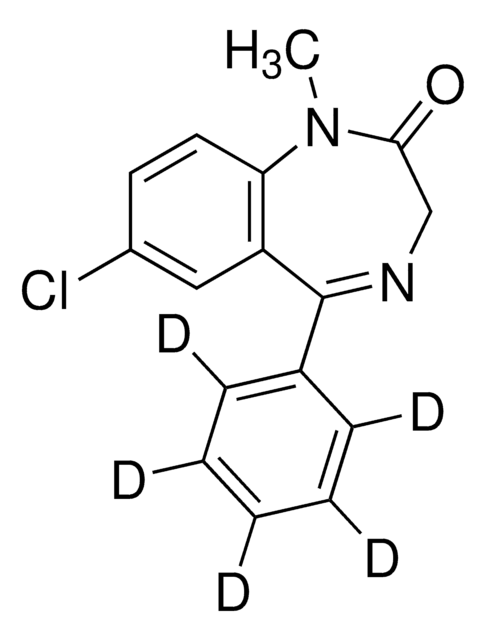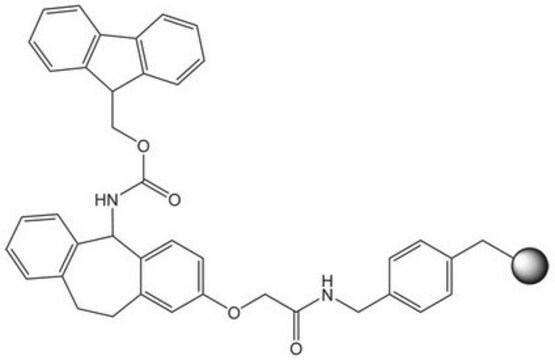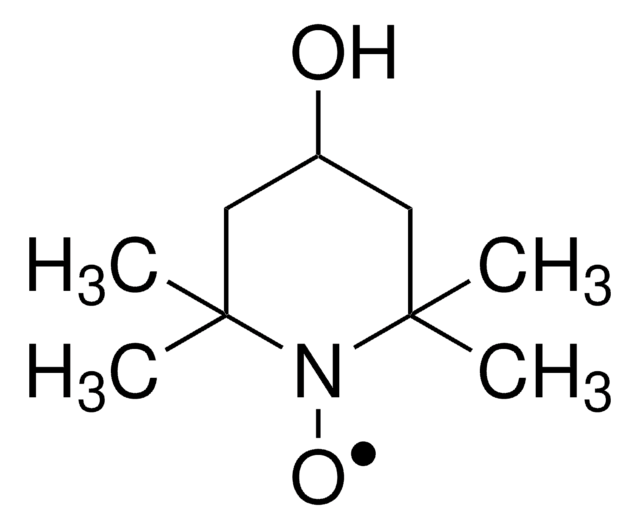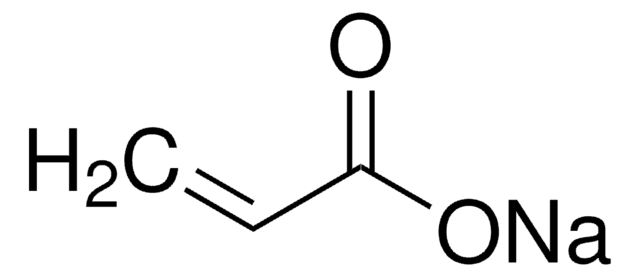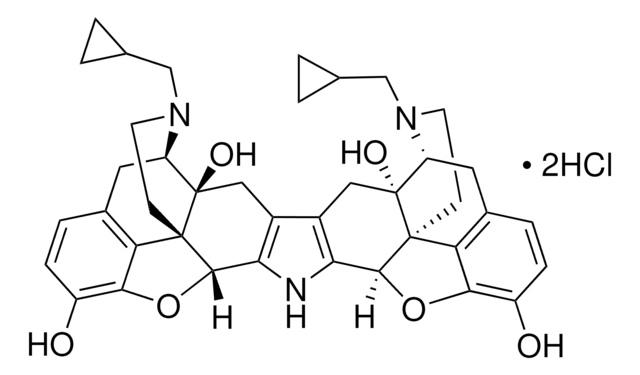Wichtige Dokumente
G2791
Anti-Grb-2 antibody, Mouse monoclonal
clone GRB-232, purified from hybridoma cell culture
About This Item
ELISA (i)
ICC
IHC (p)
IP
WB
immunohistochemistry (formalin-fixed, paraffin-embedded sections): suitable
immunoprecipitation (IP): suitable
indirect ELISA: suitable
microarray: suitable
western blot: 1-2 μg/mL using a whole extract of cultured human acute T-cell leukemia Jurkat cells
Empfohlene Produkte
Biologische Quelle
mouse
Qualitätsniveau
Konjugat
unconjugated
Antikörperform
purified from hybridoma cell culture
Antikörper-Produkttyp
primary antibodies
Klon
GRB-232, monoclonal
Form
buffered aqueous solution
Mol-Gew.
antigen 24 kDa
Speziesreaktivität
rat, mouse, human
Konzentration
~2 mg/mL
Methode(n)
immunocytochemistry: suitable
immunohistochemistry (formalin-fixed, paraffin-embedded sections): suitable
immunoprecipitation (IP): suitable
indirect ELISA: suitable
microarray: suitable
western blot: 1-2 μg/mL using a whole extract of cultured human acute T-cell leukemia Jurkat cells
Isotyp
IgG3
UniProt-Hinterlegungsnummer
Versandbedingung
dry ice
Lagertemp.
−20°C
Posttranslationale Modifikation Target
unmodified
Angaben zum Gen
human ... GRB2(2885)
mouse ... Grb2(14784)
rat ... Grb2(81504)
Verwandte Kategorien
Allgemeine Beschreibung
Monoclonal Anti-Grb2 reacts specifically with Grb2 (24 kDa).
Immunogen
Anwendung
Physikalische Form
Angaben zur Herstellung
Haftungsausschluss
Sie haben nicht das passende Produkt gefunden?
Probieren Sie unser Produkt-Auswahlhilfe. aus.
Hier finden Sie alle aktuellen Versionen:
Analysenzertifikate (COA)
Die passende Version wird nicht angezeigt?
Wenn Sie eine bestimmte Version benötigen, können Sie anhand der Lot- oder Chargennummer nach einem spezifischen Zertifikat suchen.
Besitzen Sie dieses Produkt bereits?
In der Dokumentenbibliothek finden Sie die Dokumentation zu den Produkten, die Sie kürzlich erworben haben.
Unser Team von Wissenschaftlern verfügt über Erfahrung in allen Forschungsbereichen einschließlich Life Science, Materialwissenschaften, chemischer Synthese, Chromatographie, Analytik und vielen mehr..
Setzen Sie sich mit dem technischen Dienst in Verbindung.